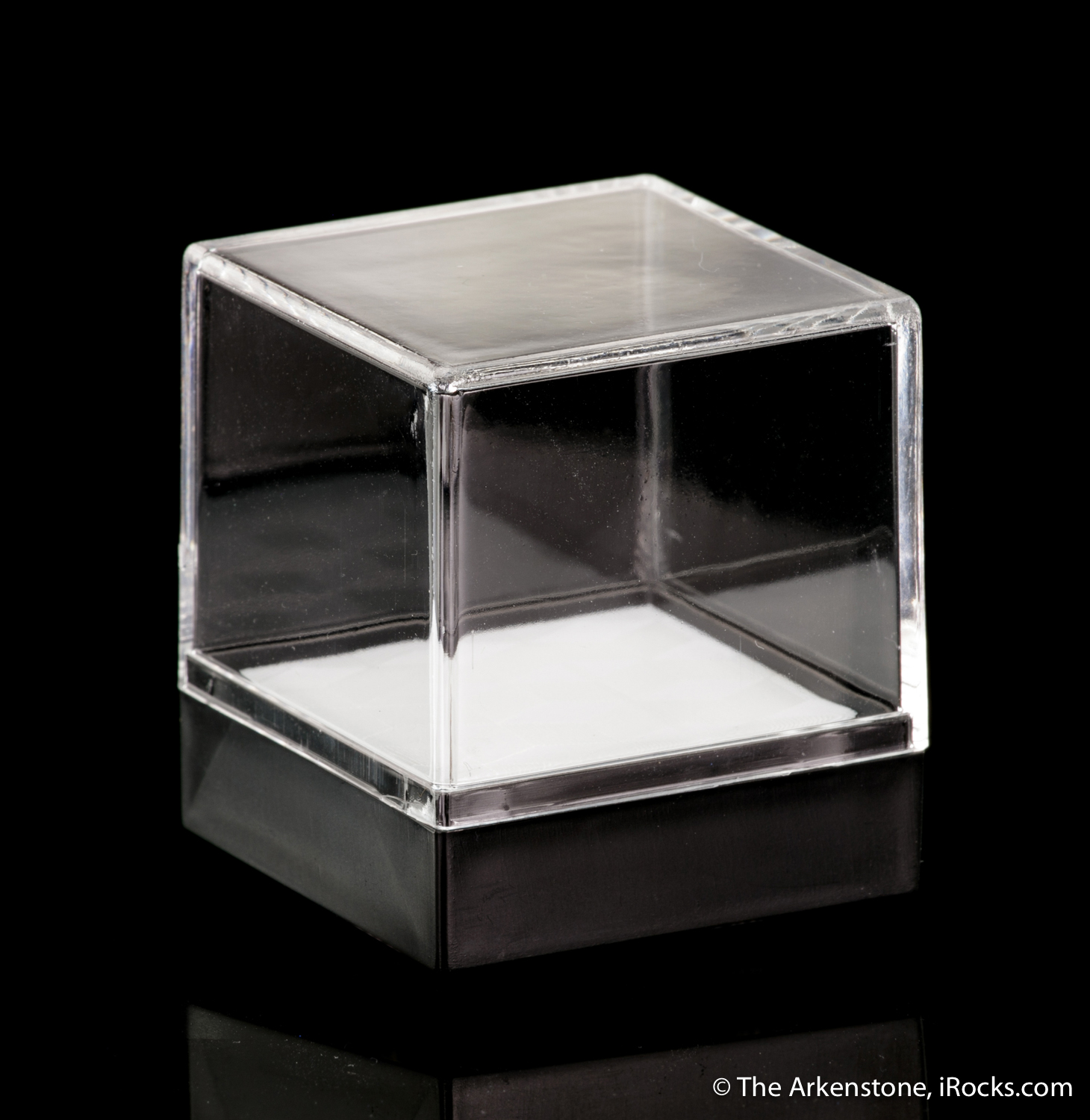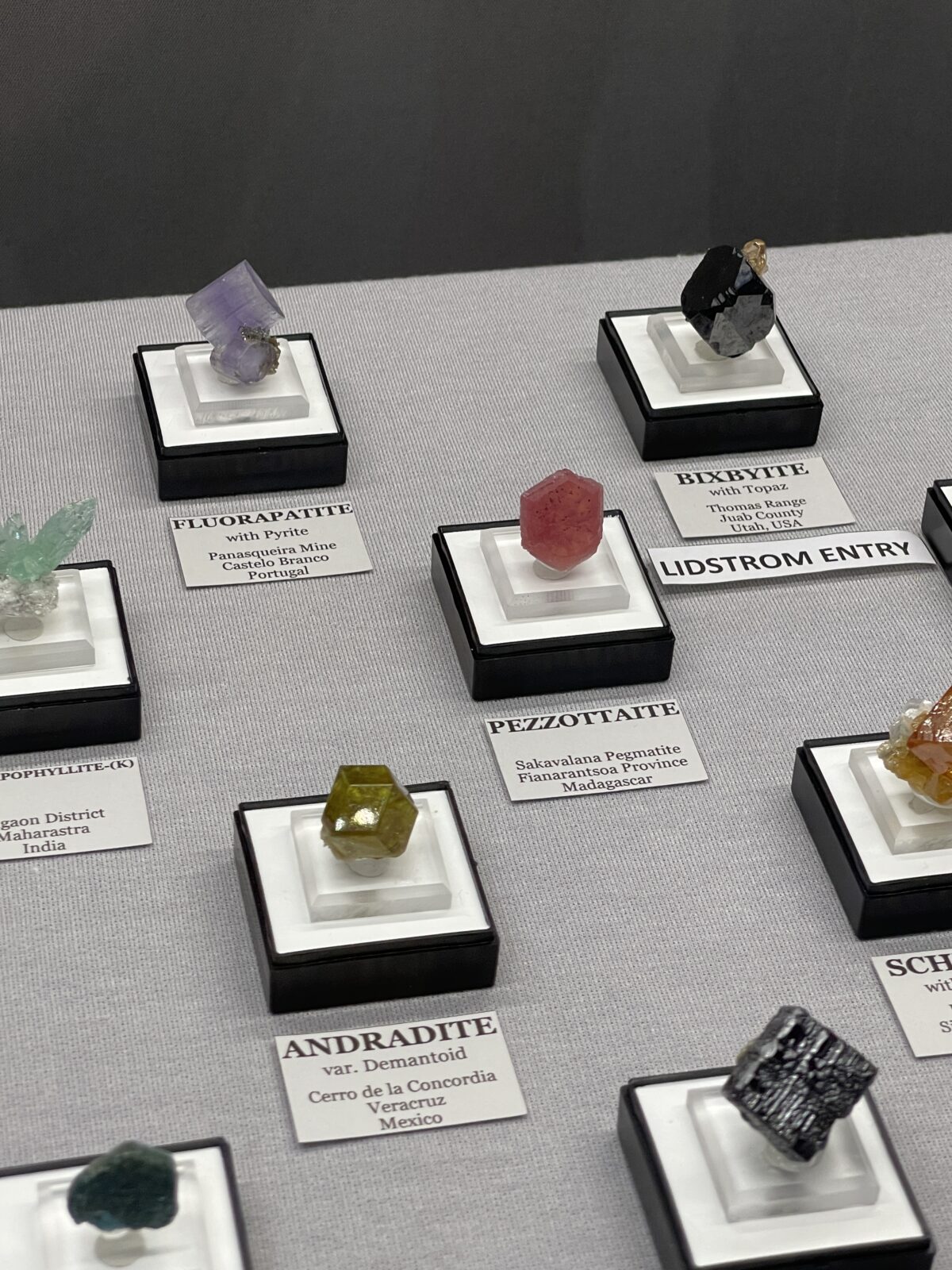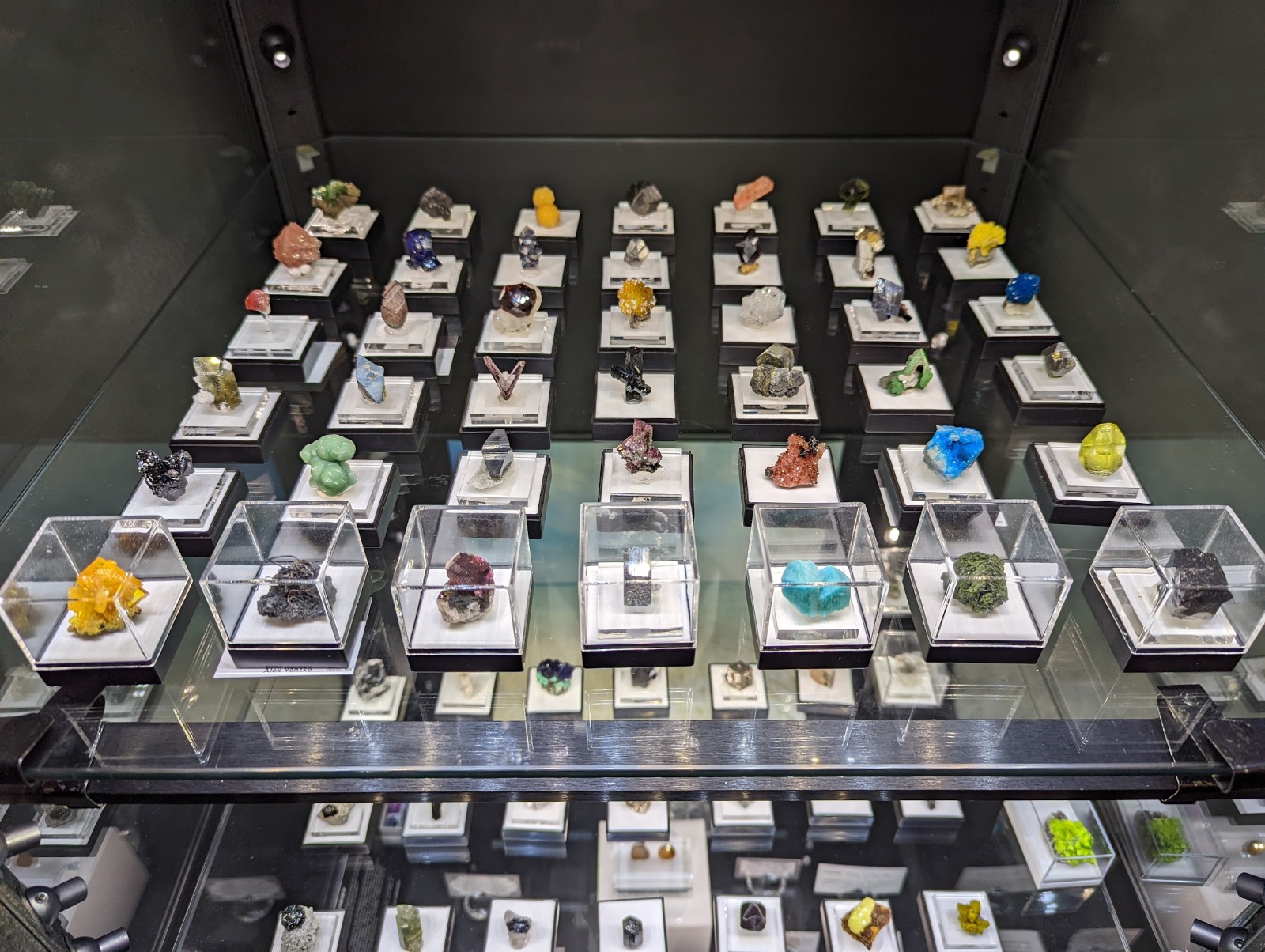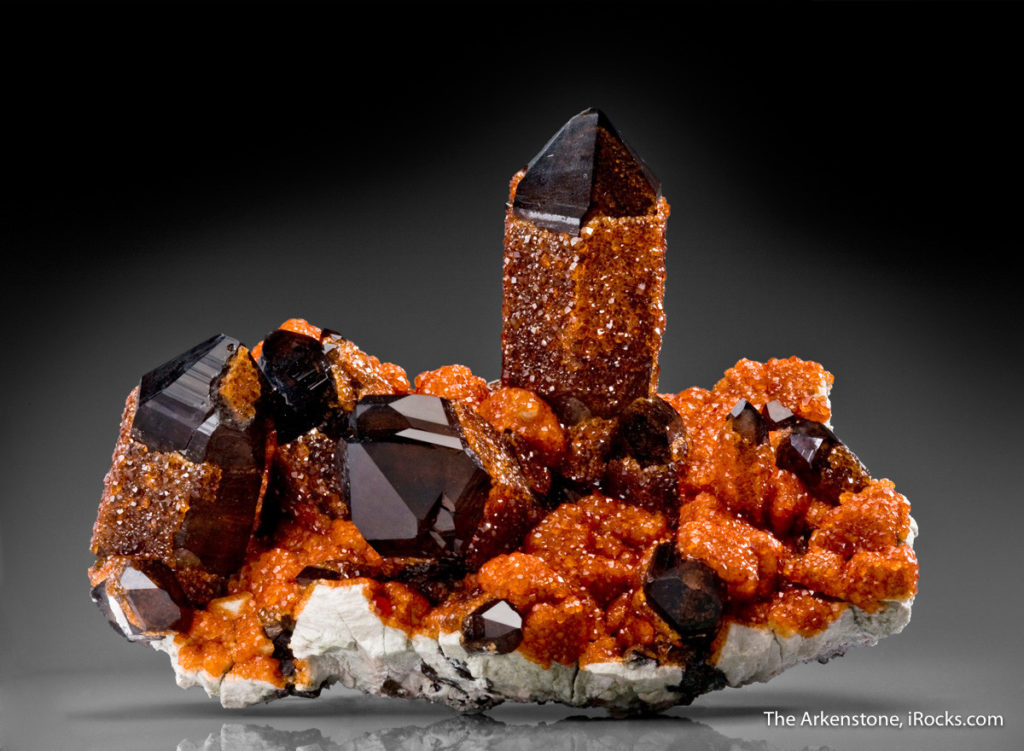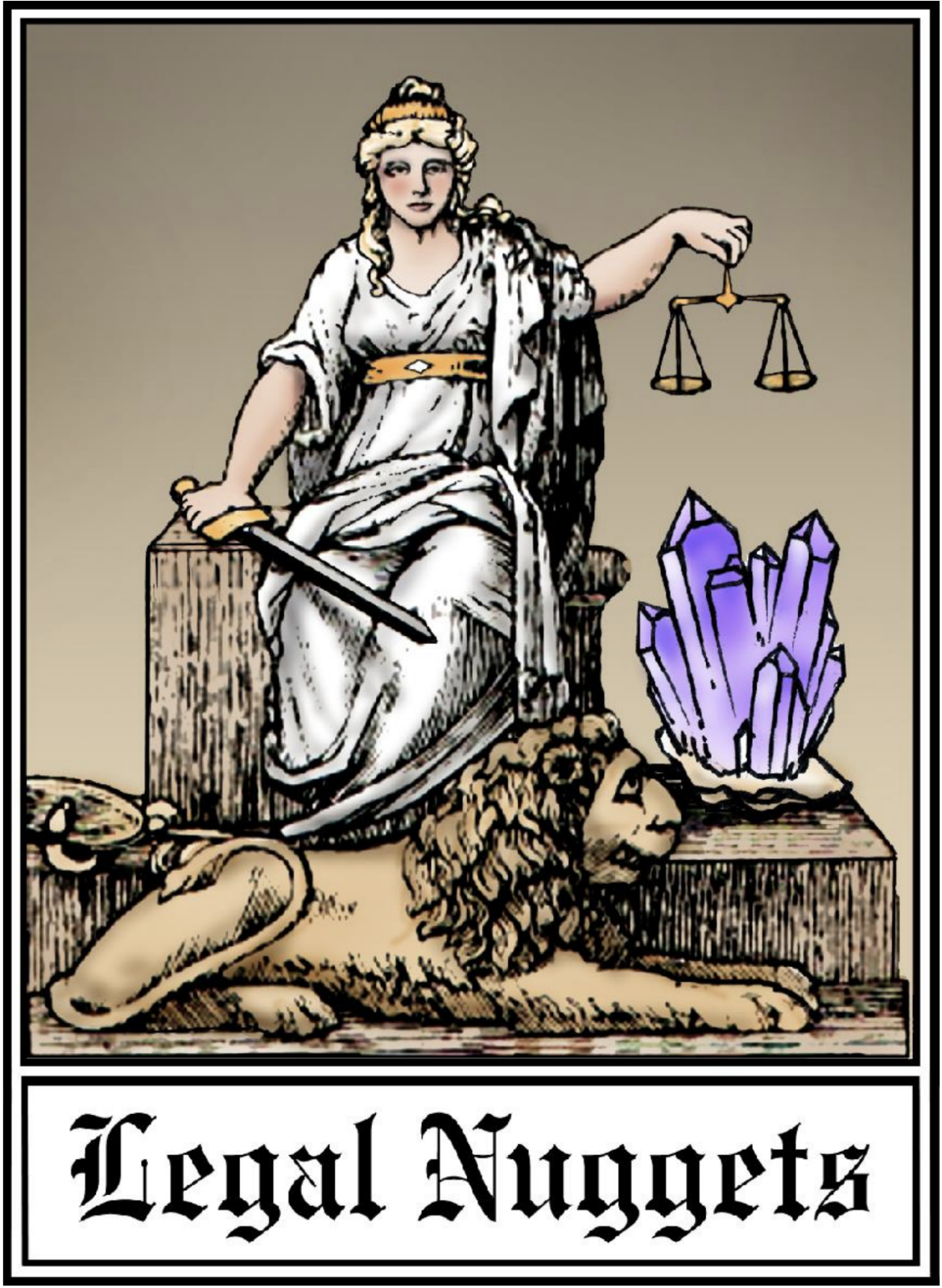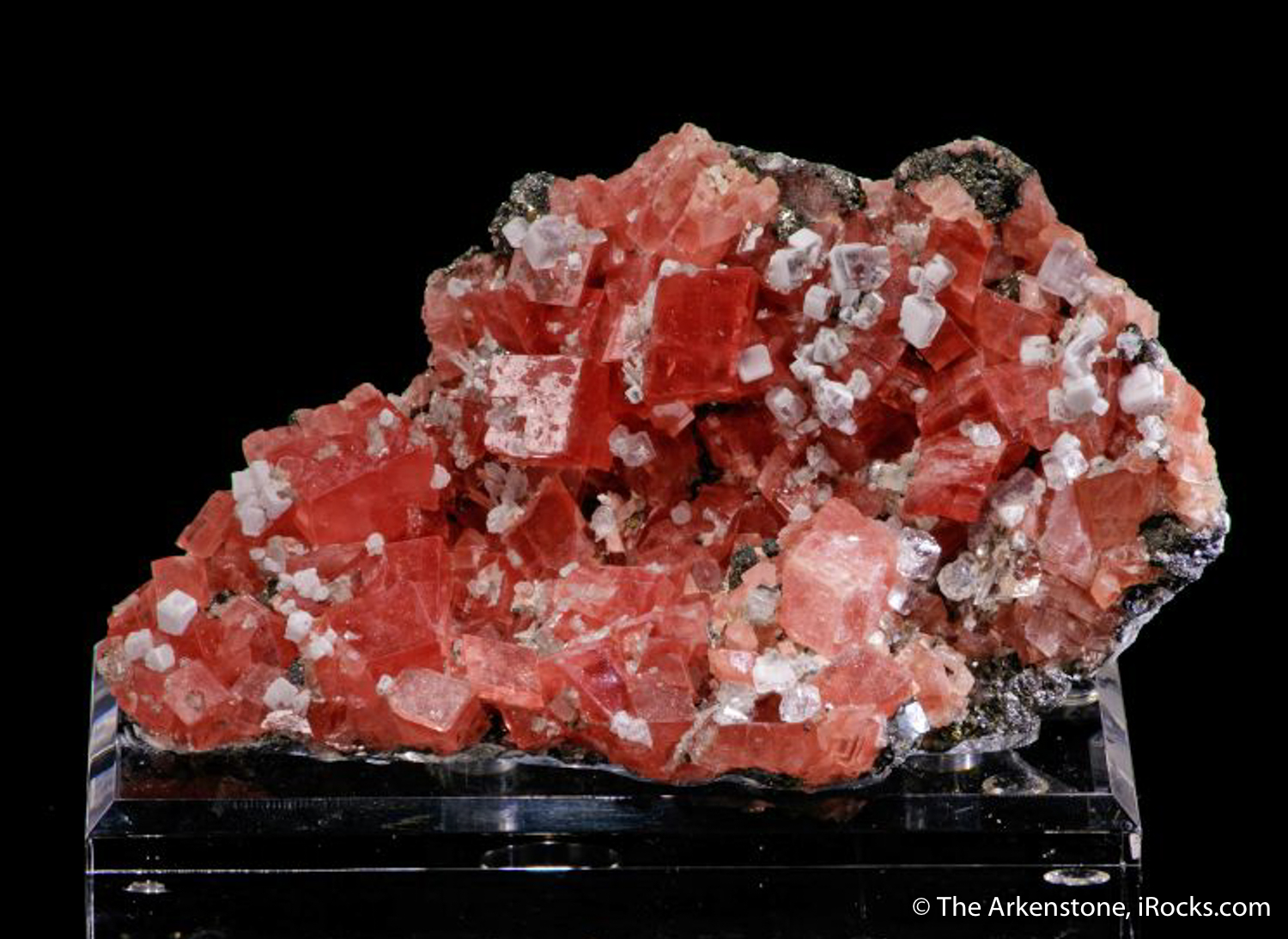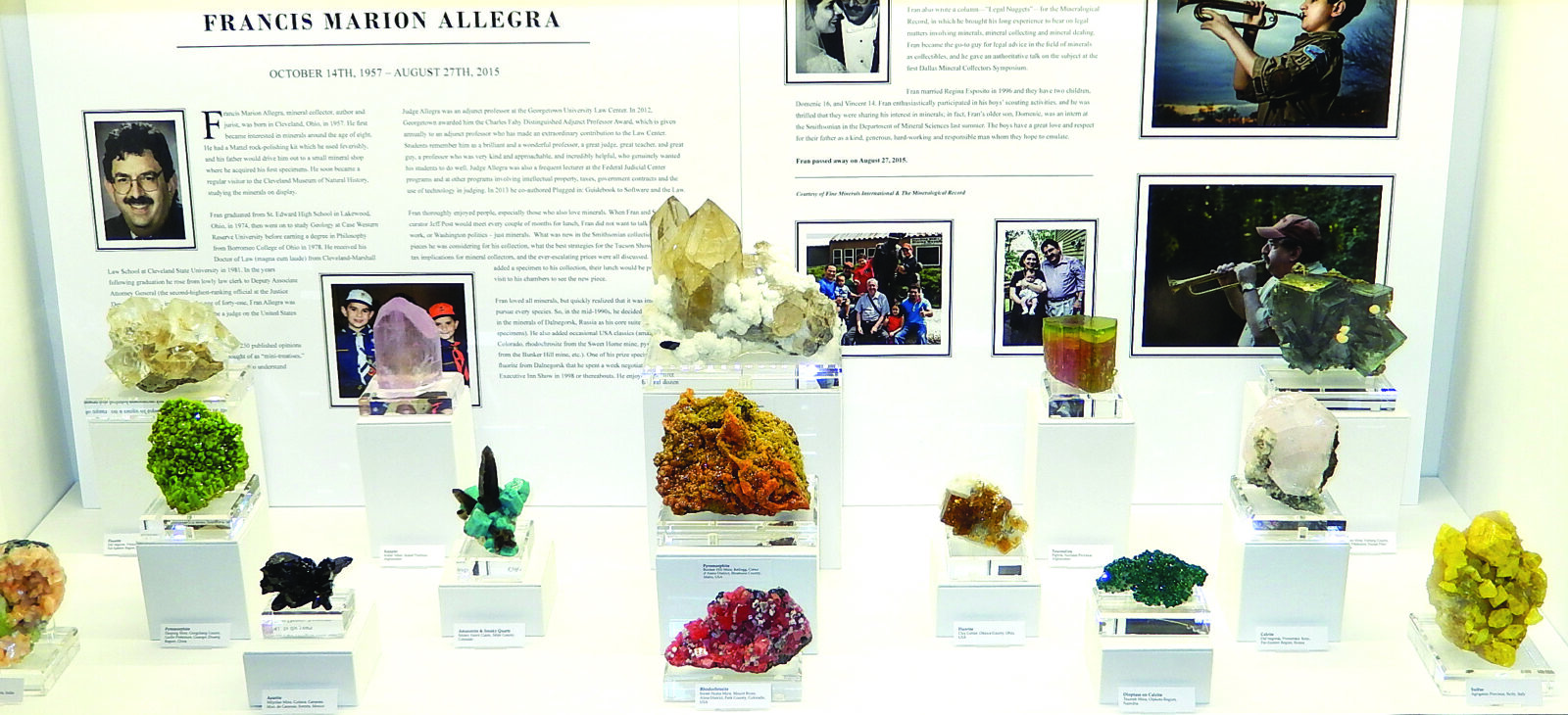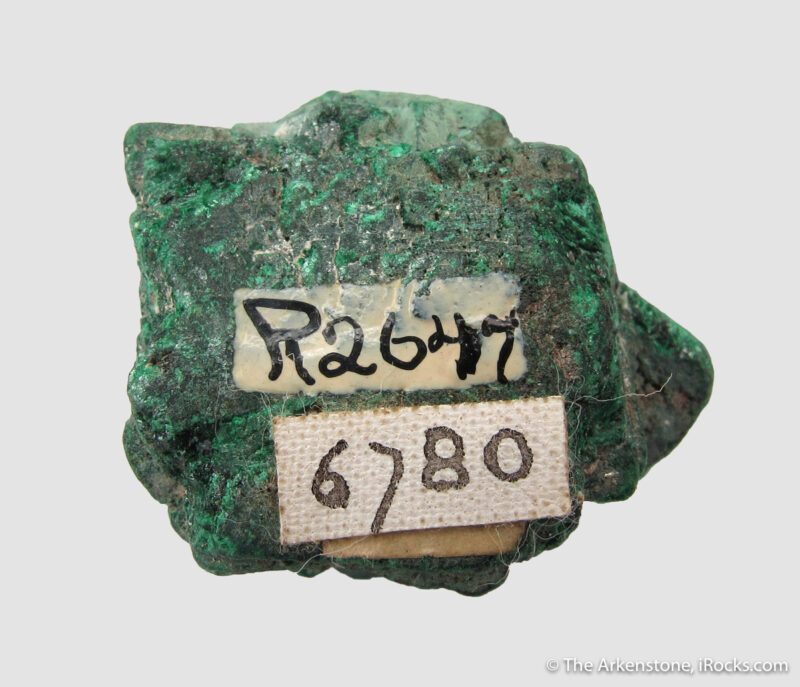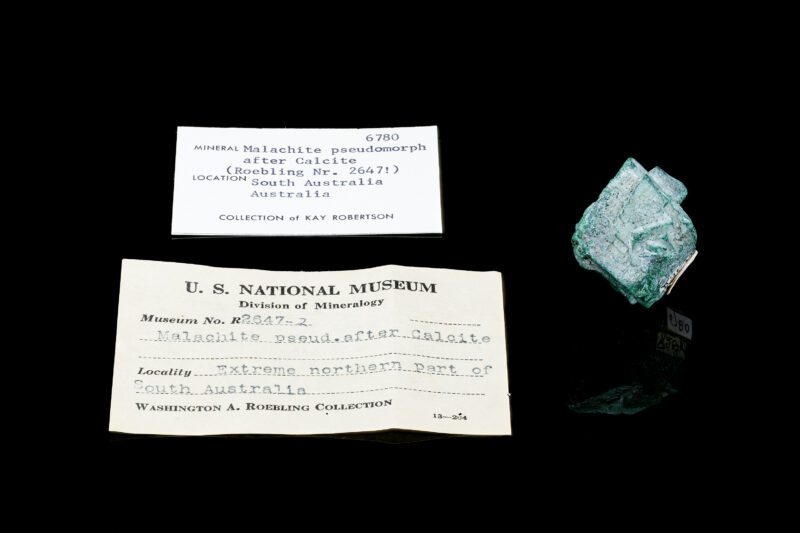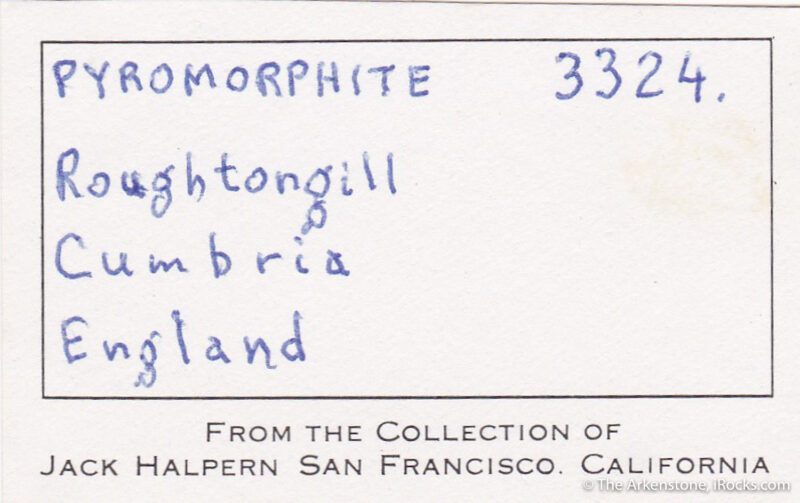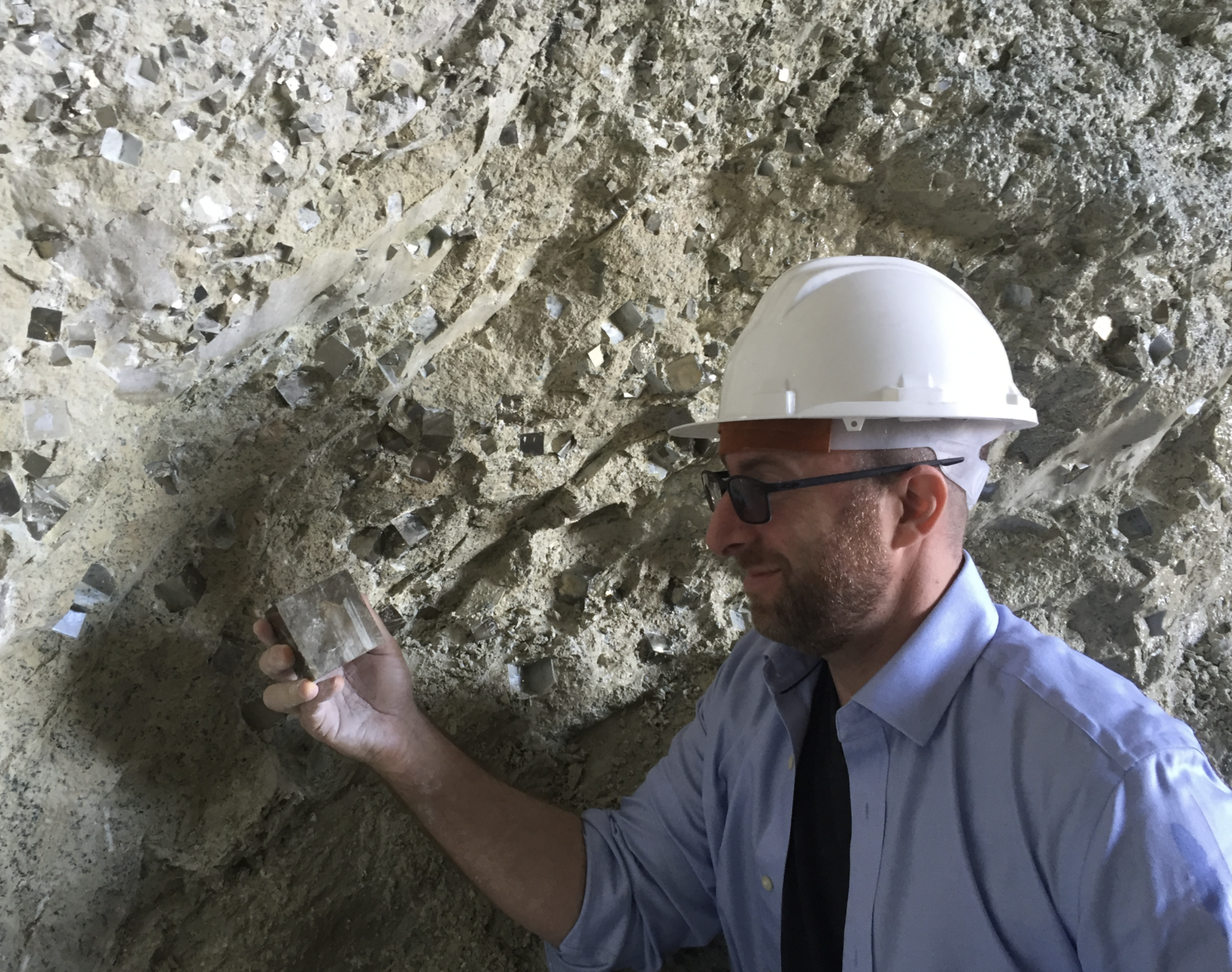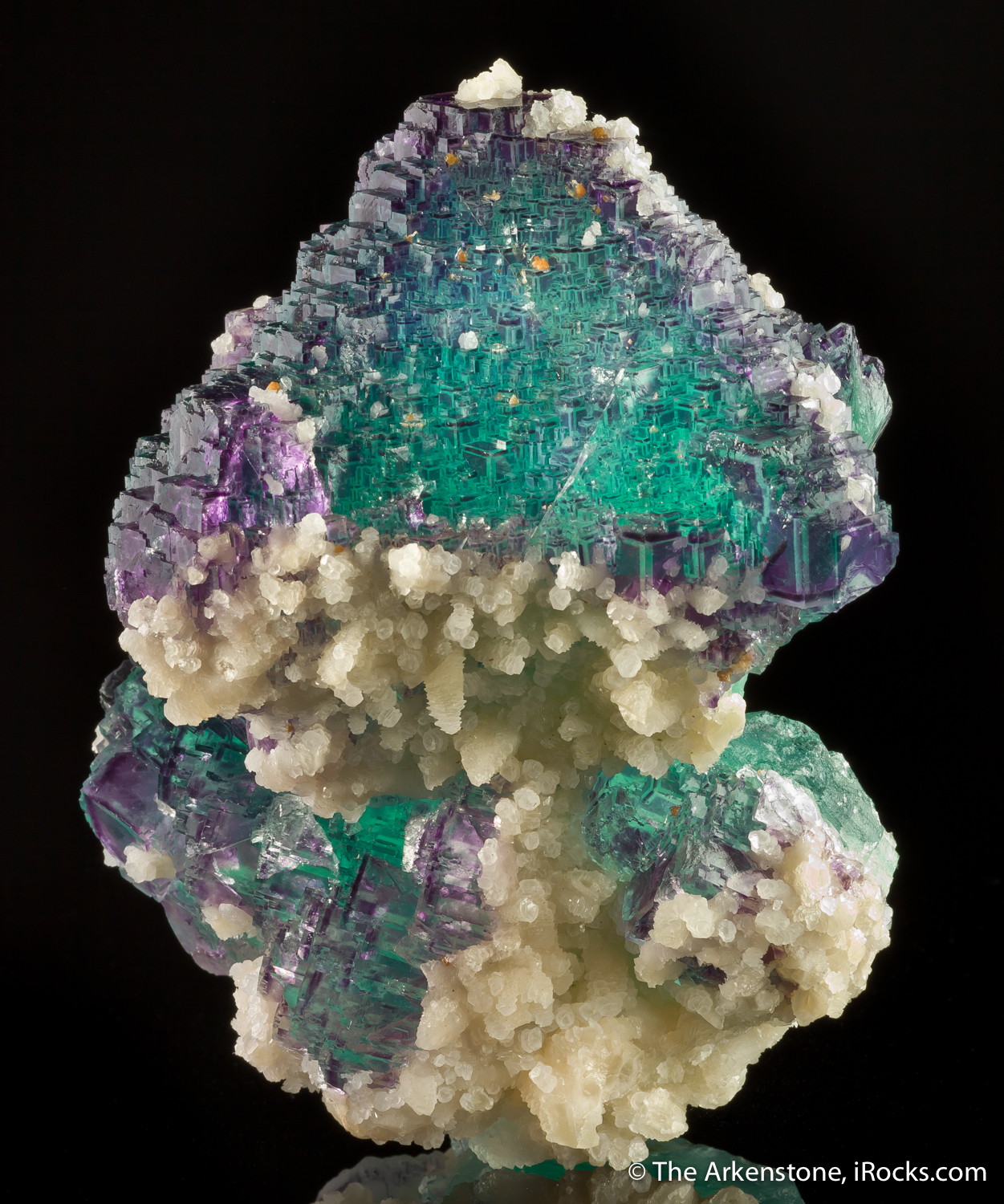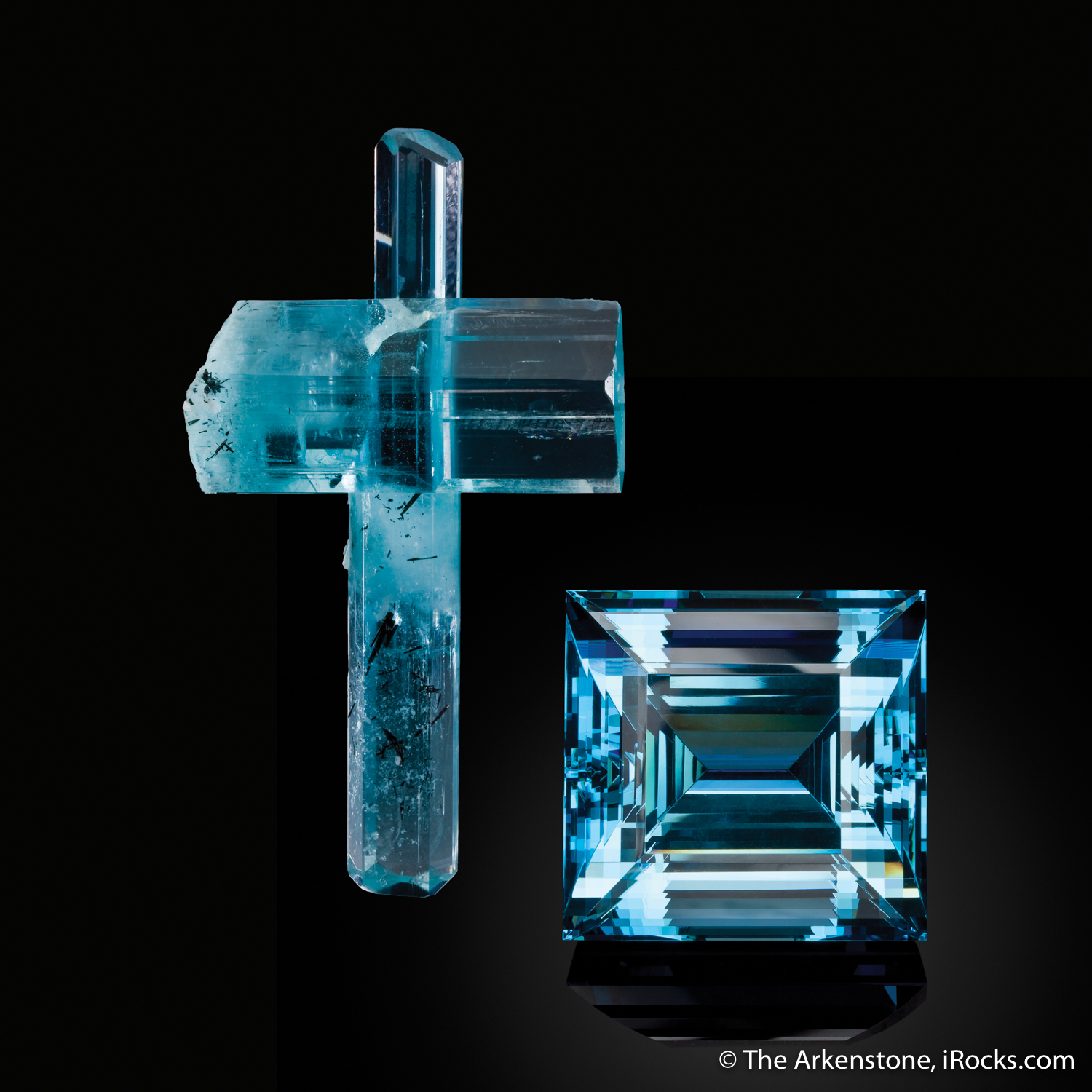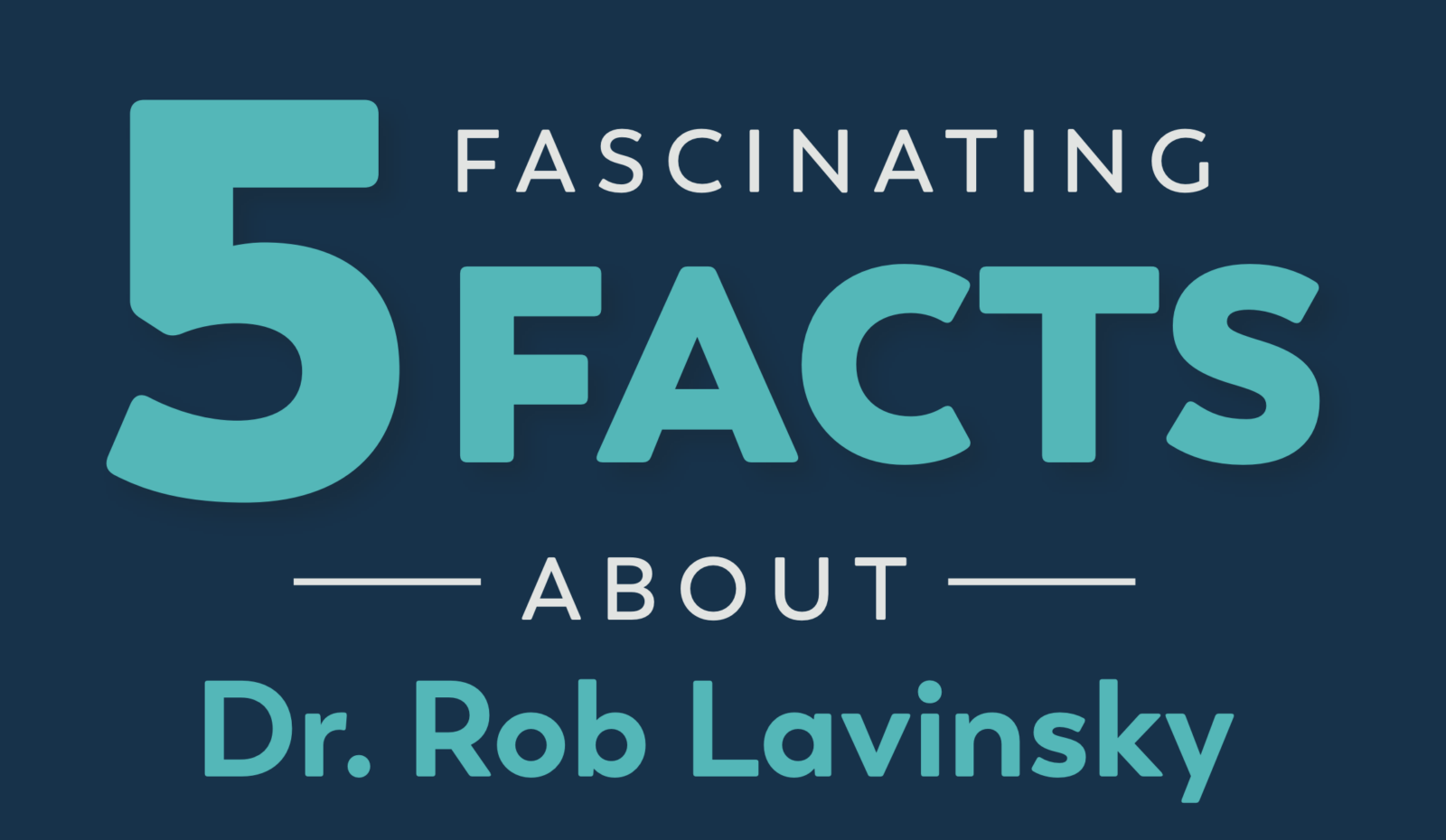Jim Houran, Ph.D., Psychologist, Collector, & Author
An intriguing trend has long been apparent to devoted readers of the Mineralogical Record (MR), Lapis, and Rocks & Minerals. Locality articles, like Robinson’s (1990) treatise on diopside from DeKalb, New York, or papers about new species such as Hawthorne et al.’s (2004) description of pezzottaite, frequently include photos of gems cut from the respective minerals. In fact, it is a challenge to read any given issue of these periodicals or any popular mineral book and not find at least one illustration of a polished specimen. The prevalence of these images underscores the universal appeal of gems — even among seasoned mineral collectors who lament the cutting of fine crystals. There is an undeniable thrill in gazing upon important jewels in museums or private collections, but there can be an even greater delight in building your own gem collection.
The collector community’s appreciation for cut stones is not simply due to their inherent beauty but because gems also serve scientific purposes. Smithsonian curator-in-charge Dr. Jeffrey Post (1997) explained the academic value of the National Gem and Mineral Collection this way, “…because gems are cut from the most perfect crystals, they are preferred, and required, samples for certain kinds of scientific studies, for example, spectroscopy and crystallographic measurements” (p. 19). Indeed, many articles appearing in gemology journals like Gems & Gemology, Journal of Gemmology and the Australian Gemmologist are mineralogic or crystallographic investigations based on high-quality gem samples. New mineral species have even been identified from the analysis of gems, the best known instances of which are sinhalite and taaffeite (Arem, 1987).
There is thus much to learn and gain from gem collecting, and the Arkenstone’s current auction highlights some superb examples that can help serious collectors either to venture into this specialized area or to enhance their existing collections. Here we are not talking about low-quality “reference samples” but rather special pieces that should be preserved in the hands of true connoisseurs. Such “collector gems” standout as mineralogical, scientific, and aesthetic oddities. They are fascinating objects in their own right or can be paired with natural mineral specimens for chic “rough-and-cut” sets. No matter how one decides to collect and display these fun and valuable objects, it is important to understand that they are unique collaborations between Mother Nature and skilled gem artists who fashion rare material into important works of art and study.
The Allure and Beauty of Collector Gems
Besides their inherent beauty, gem collections are appealing for their scientific information. Collectors can learn much about a mineral’s chemical composition and geological origins from a gem’s size, color and clarity. Each of the stones in the Arkenstone auction is a true mineralogical wonder—not just in the geological sense but also as a representative of the species itself. In particular, these examples were painstakingly selected over years of diligent searching. They are unusual, even remarkable, for their color, quality or size relative to other cut examples of the same material. Indeed, all mineral collectors (and their spouses!) can appreciate the beauty of stones, as well as the artistry and skill it takes to bring them to life. They do not merely “sparkle” as decoration, they “dazzle” people as objects that possess many attributes that engage and sustain people’s interest. To be sure, the general public often admires and purchases gems that either are, or have been at one time, outside the norm.
For example, Tiffany & Co. was responsible in 1968 for the incredible increase in market demand for blue-purple zoisite from Tanzania by coining a new “exotic” name for gems cut from this material — tanzanite. This once rare gem has since become a standard offering in virtually all jewelry stores. What is not standard are the rarer colors of this same species, with vibrant pink, green, or multi-colored zoisite being connoisseurs’ favorites. Of course, marketers or designer jewelers need not need invent fancy labels to stoke buyer interest, as sometimes the scientific or varietal names for collector gems already sound enticing, e.g., “wulfenite, rhodochrosite, or vesuvianite.”
But aside from glamorous names or localities, it is worth emphasizing how rare gems can command attention with colors that are often in stark contrast to the typical red, green and blue of the well-known ruby, emerald and sapphire. The choices of gems and associated colors that are available to collectors and the lay public nowadays is indeed overwhelming. Industry periodicals like Professional Jeweler and JCK Magazine also note that everyday consumers are gradually, but increasingly, selecting more exotic gems for certain types of jewelry. This trend is exemplified by a clever marketing catchphrase by gem dealer and lapidary John A. Rhoads (D & J Rare Gems, Salida, CO) … “Wear rare!”™
Rhodochrosite (circa 1980) ex Houran Collection from Mineralauctions.com on Vimeo.
A Natural Complement (and Ally) to Mineral Specimens
Dunn and Francis (1990) talked about “specialization” in mineral collecting and noted ten distinct themes around which collections can be built: (1) single-locality, (2) regional, (3) field-collected, (4) comprehensive species, (5) single-species, (6) chemically-specialized, (7) paragenetic, (8) historic, (9) phenomenological, and (10) mineral habit. These themes can equally apply to gem collections, which Dr. Post implicitly described as highly specialized mineral collections. Here I must confess, that display-quality “rough and cut” sets are, for my taste, the ultimate in specialization on both aesthetic and academic levels. They also convey a symbiotic, but under-appreciated, relationship that exists. The beauty, and hence market value, of gems is a significant catalyst for their preservation for future generations. And arguably the aesthetics of gems account for a major part of the motivation for constant mining of existing deposits and the exploration for new sources to satisfy the commercial market for jewelry and gemstones. That the gemstone market, in turn, helps to drive the supply of fine specimens for the mineral market. Gems and minerals are thus allies, not adversaries.
A New Frontier and Challenge for Many Collectors
As long as gems are treated as important commodities and scientific specimens, scientists and collectors alike will continue to study and learn from important examples. Who knows what interesting findings will result from in-depth studies of famous and comprehensive gem arrays, such as the Edward J. Gübelin Gem Collection acquired by the Gemological Institute of America (see: https://www.gia.edu/gia-museum-exhibit-gubelin-gem-collection) or Michael M. Scott’s famed collection (Keller & Scott, 2002). The wonderful thing is that one does not need to be a gemologist or wealthy world traveler to enjoy and become enriched by collector gems, or even to build a rewarding collection.
The Arkenstone is committed to bringing the enchanted world of collector gems to everyone with top-quality specimens to fit their means. Ultimately, collector gems are “books” that tell stories as rich and meaningful as natural mineral specimens. And in these books are different chapters that speak to adventures in history, geography, art and aesthetics, as well as modern fashion and the latest technologies. As a fellow lover and collector, I urge you to build a library of these books and share them with anyone and everyone who is eager to hear a good story.
References
Arem, J. (1987). Color Encyclopedia of Gemstones (2nd ed). Chapman & Hall.
Hawthorne, FC, Cooper, M, Simmons, WB Jr, Laurs, BM, Armbruster, Th, Rossman, GR, Peretti, A, Günter, D, Grobéty, B, & Falster, AU (2004) Pezzottaite Cs(Be2Li)Al2Si6O18: A spectacular new beryl-group mineral from the sakavalana pegmatite, Fianarantsoa Province, Madagascar. Mineralogical Record, 35, 369–378.
Keller, P. C., & Scott, M. M. (2002). Light & stone: Highlights from the Scott Gem Collection. Brand: Bowers Museum.
Post, J. E. (1997). The national gem collection. Harry N. Abrams Inc. Publishers.
Robinson, G. W. (1990). Famous mineral localities: DeKalb, New York. Mineralogical Record, 21, 535–541.
